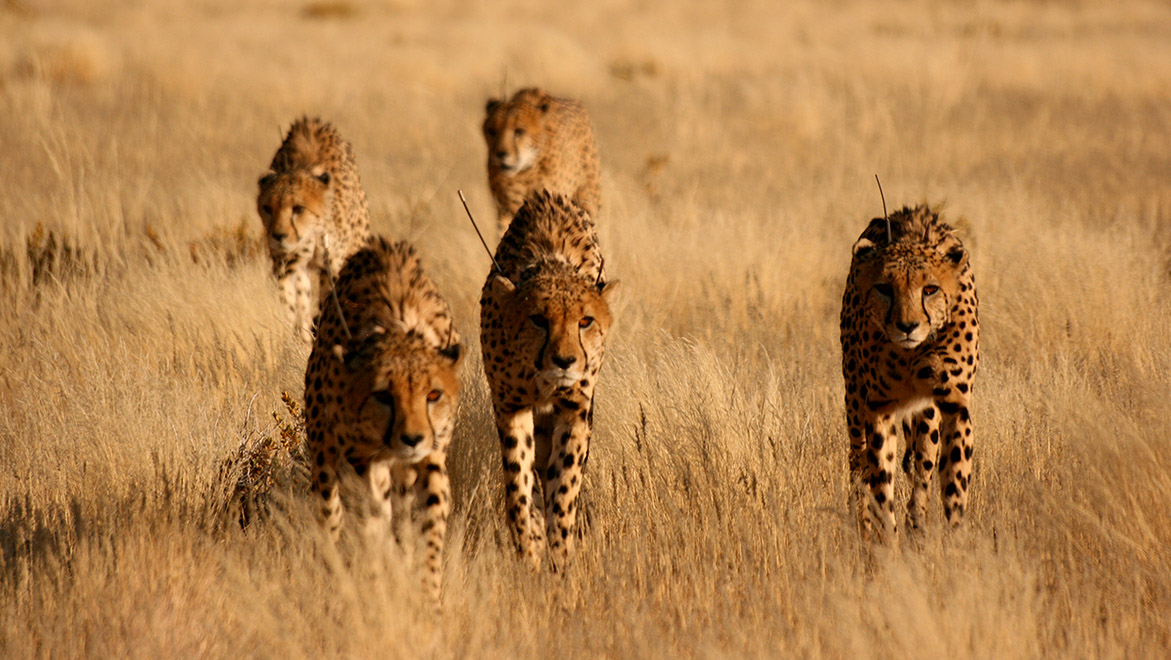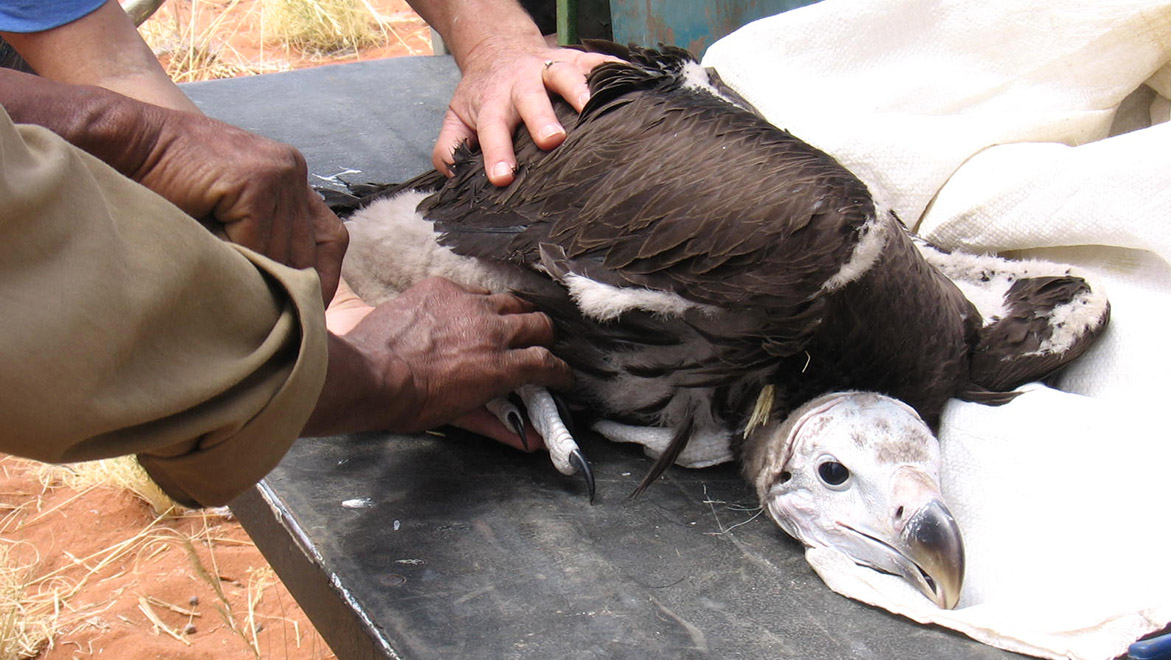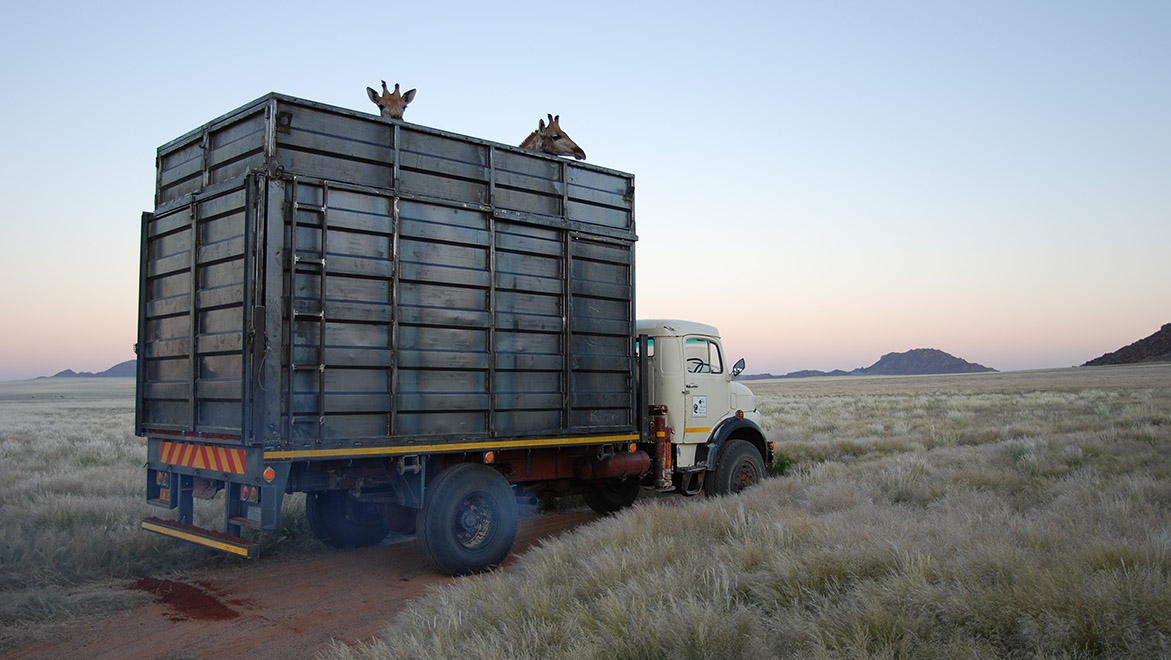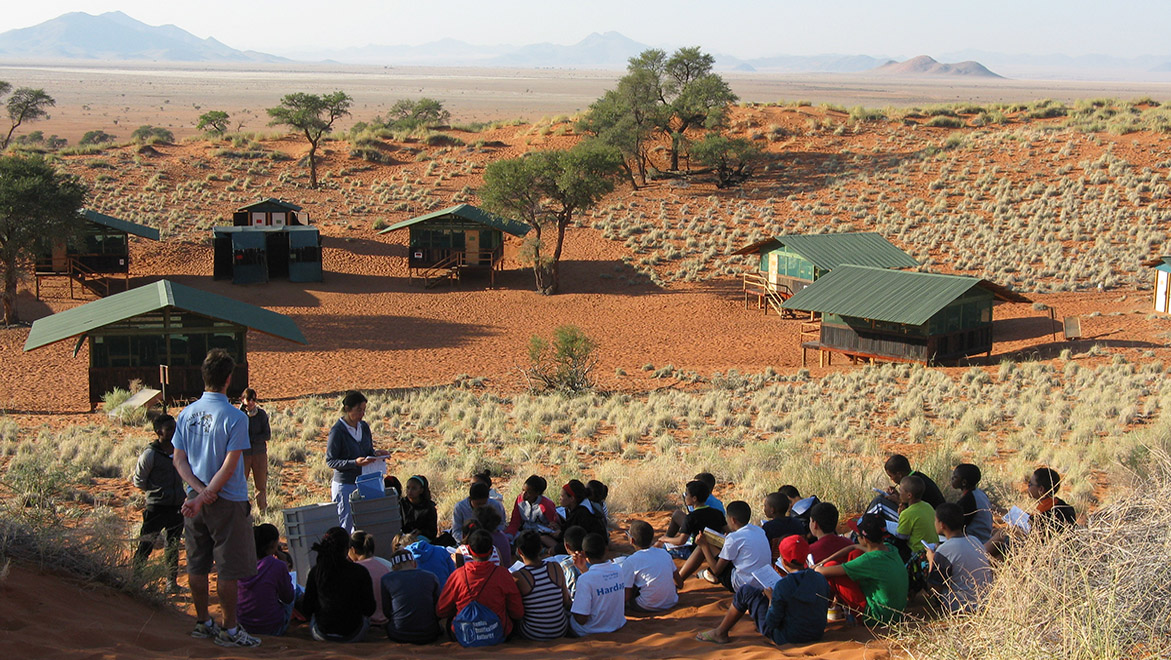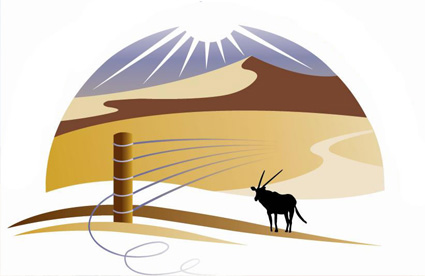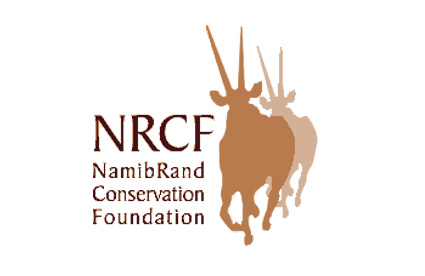NamibRand, one of Southern Africa’s largest private nature reserves, originated as a dream of extending the desert frontiers through the integration of a large number of former sheep farms. The aim was to develop a sanctuary free of fences, so that the wildlife could once again roam their habitat unhindered.
Ecology
Four distinct habitats are found on the Reserve: dunes and sandy plains, inselbergs and mountains, gravel plains, and sand and gravel plains interface. The predominant large mammals on the Reserve are Oryx gazelle (gemsbok or oryx) and Antidorcas marsupialis (springbok). The latest game census indicated that there were 3,200 oryx and 12,400 springbok on the Reserve. Other large mammals include kudu, Hartman's and Burchell's zebra, giraffe, klipspringer, steenbok, hartebeest and baboon. Predators include leopard, spotted and brown hyena, black-backed jackal, aardwolf, bat-eared fox, Cape fox, African wildcat, caracal and genet. To date more than 150 bird species have been identified, while work is still in progress on the inventory of rodents, reptiles, amphibians, invertebrates and plants.
Resource Management
Innovative approaches to resource management help ensure that this critical area bordering on the Namib-Naukluft National Park is effectively conserved. The Reserve maintains a conservation policy of minimal interference with constant monitoring, implemented through an environmental management plan. A new monitoring system has been introduced which includes population census methods. The Reserve is a member and contributor to the Southern African Avi-Faunal Atlas and the Large Carnivore Atlas of Namibia. Local outreach efforts focus mainly on predator-livestock management on neighboring properties.
NamibRand Nature Reserve supports the sustainable utilization of its resources through the following activities:
- High quality, low impact tourism including accommodation, photographic safaris, walking trails, and hot air ballooning;
- Environmental education and sustainable living centre (NaDEET);
- Capture and sale of live game; and
- Development of a horticultural project to grow indigenous medicinal plants for commercial production, creating local jobs and earning funds for conservation.
